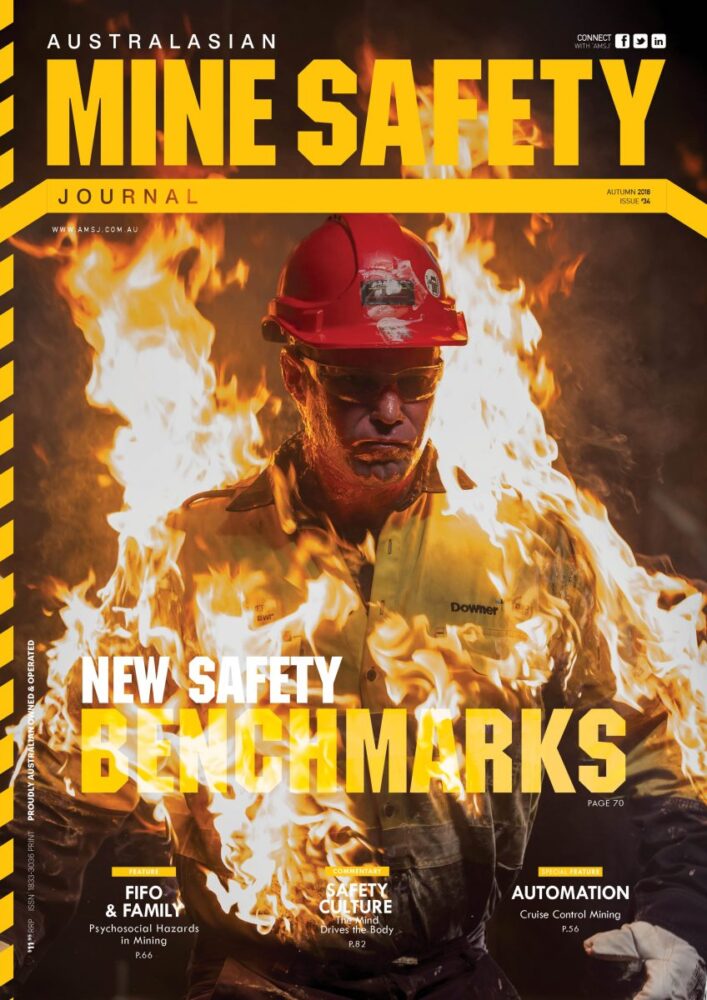By Dave Whitefield
A Strange Start but Please Stay with Me
The term “Here Be Dragons” was used by cartographers as recently as the 1500s to mark uncharted areas on maps. It was designed to scare people into not exploring. Of course, the map makers didn’t know if it was dangerous, just as much as they didn’t know if it was safe.
Considering the level of unknowns and potential risks, maybe this approach is reasonable. I mean, it’s certainly a safer short-term approach, particularly for the individuals involved. However, there may also be a long-term impact on the population in might missing out on whatever it is the dragons are protecting. It’s interesting to consider whether it is fortunate or foolhardy that some people ignored the potential to be eaten by dragons and explored anyway?
What Does This Have to Do with Safety and Risk?
Right, so let’s get into some discussion about safety and risk, and then we will come back to the dragons. What I want to talk about is how leaders and organisations approach the gap between the way work is planned, and the way work is done. Or the difference between the documented processes (expectations), and actual practices (reality). Fascinatingly, I have found that some organisations struggle to even accept that this gap exists, even when I used terms like expectation and reality. Yeah, it does my head in too, and I’m going to assume that if that applies to you, you have already stopped reading.
Mind the Gap (There might be dragons in there)
So, what exists in the gap between work as planned and work as done, and (more interestingly for me) how is that gap viewed within your organisation? In my experience, within the orthodox paradigm of safety, any deviation from the planned path (that path spelled out in the all-powerful safety system and its policies, SOPs, SWMS, checklists and forms) is a non-compliance. It’s bad. It’s negative, and it should be eradicated. In fact, there is so much unspoken resistance and fear in relation to talking about any gap in a meaningful way, that it might as well come with the tag line- “Here be Dragons”.
Another Perspective on Systems
I’m not saying let’s get rid of systems (the “work as planned” part) by the way, my issue is the power that systems are given in safety and risk, and what that does to the way everyone behaves. Here are some questions to consider that might help demonstrate that power.
What is given more attention, airtime, priority and resourcing in the organisation:
* Non-conformance or learning?
* Compliance or innovation?
* How systems operate after an incident or how they operate under normal situations?
How different would an organisation be if it focused on the second options more than the first? Not instead of by the way, because they are still valid questions to ask, but what if the balance was reversed from the way it is now? At the heart of it is asking, what innovation could be captured and shared by learning about how the systems in your organisation operate under normal circumstances?
Here be Learning
Instead of dragons, organisations can find amazing learning in the grey areas of their operations. But, the gap between planned and done has to be accepted as normal, and the agenda for anybody
wanting to investigate it must be to learn, I mean genuine learning, not discovery with the agenda of fixing.
Under these conditions it’s still entirely possible that an organisation could learn that a deviation is too risky and therefore needs to be corrected. But it’s also possible that you could learn about methods of work that are far superior in both safety and efficiency. These are practices that emerge over time because they work. Because people are adaptive and flexible and think and reflect and learn. These gaps exist right now in your own system, but they will never be disclosed during an audit (or even a leadership visit) because the agenda there is catch and fix, not connect and learn.
Final Word
The gap between planned and done is where people operate. It’s where genuine continuous improvement and innovation sits. But to take advantage if this goldmine you must change the agenda that people carry into conversations and interactions on site. The agenda must be about a genuine curiosity to learn. Of course, learning about what is happening in this gap might be uncomfortable at times, and I can see how organisations could build up a fear about it. After all, who would really want to learn that most of their systems are useless, are only functional for passing audits, and have little to do with the way work is done?














Add Comment